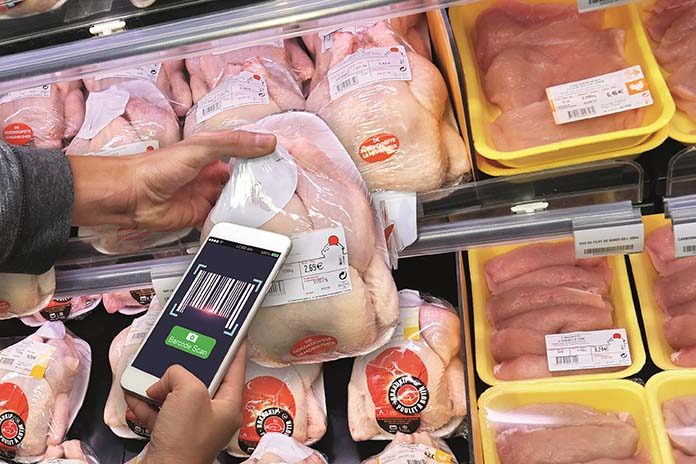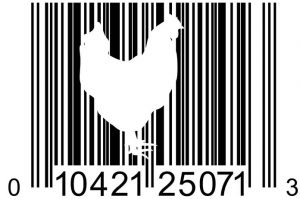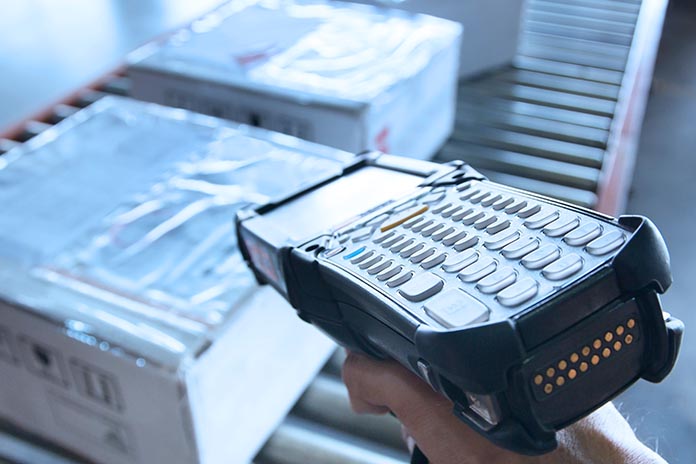
In today’s food processing industry practice, traceability and food safety appear to be still at a level too low to respond to the fast changing developments. Forerunners in the industry might be tempted to turn to the newest technologies such as blockchain and Artificial Intelligence, but that is too far-fetched; the technology to secure full farm to fork, data-driven traceability exists already for years and is available to be implemented.
Traceability is the ability of finding out where a product comes from and following its route throughout the entire supply chain. The requirements for traceability are set by regulations issued by national and international regulatory authorities. In the European Union, for example, food product traceability is controlled by the European Food Safety Authority.
Outbreaks
Without an effective traceability system, food processors may be shut out of lucrative new markets or lose business to companies that do demonstrate a valid traceability system.
Recent outbreaks of food illness also show the financial devastation to businesses and whole sectors. Because of providing food without effective traceability, their reputation is put into question.
Pen and paper
 “For almost two decades, I’ve worked on automated data collection in the food processing industry” says René Kjaer, Sales director for Innova Food Processing Software. “Having visited hundreds of processing plants all over the world, I’ve gained a good first hand impression of the level of the industry’s automation in terms of automated data collection.”
“For almost two decades, I’ve worked on automated data collection in the food processing industry” says René Kjaer, Sales director for Innova Food Processing Software. “Having visited hundreds of processing plants all over the world, I’ve gained a good first hand impression of the level of the industry’s automation in terms of automated data collection.”
“The lesson learned is that there are great differences between processors. Some of them have a high level of automation and data reliability, while others still use pen and paper to a large extent. Such a manual administration is actually the standard in many more markets than you would expect.”
Slow recall
All processors are of course meeting local legal requirements. Most of the time, however, they trace food in a very limited way.
Traceability is possible only one step up and one step down in the supply chain, mostly restricted to a certain batch and a certain time (i.e. a few hours). In addition to that, each participant in the food industry supply chain seems to have his own demarcated information silo, although these parties are supposed to cooperate.
This makes it hard to trace a product. Not only is the data difficult to access, but also the recall process is often very time-consuming and cumbersome. No wonder this restricted form of traceability is being questioned at the moment.
Technology is available
In fact, for many processors it will only be a matter of stepping up to automated data collection; then it becomes easy to use all (existing) traceability technology. It may seem paradoxical that such technologies for automated data collecting are already available for at least a decade. They can provide highly reliable, far-reaching traceability and will offer the perfect solutions to respond quickly to recalls.
Then why is the entire industry so reluctant to embrace traceability from farm to fork with the highest level of food safety? There is one main concern that prevents the industry from implementing these intelligent and automated solutions. It is about the sharing of critical data in the public space.
“Companies in the food industry tend to be extremely careful about their data, because they’re operating in a highly competitive market,” says René Kjaer. “For sure this is an argument that is understandable and needs to be addressed very thoroughly.”
But first of all, companies need to know whether their data is available at all in the required format. Secondly, whether the data is reliable enough to make traceability and food safety a success. Innova Food Processing Software is the way to go when it comes to producing reliable data and putting it in the right format. At the same time, access to the information is only granted to authorized users.

INAC Project
The INAC Black Box Project in Uruguay is a clear evidence of this. This project is covering farm to fork traceability for 37 processing plants in Uruguay. Marel’s software plays a key role in this project, being the data collection tool for all 37 plants and feeding data into a central database in Montevideo. Based on the ‘old-fashioned’, but proven technology of barcoding, this solution is offering instant traceability to batch level from farm to fork.
The INAC project goes to show that combining automated data gathering with existing technology can ensure full-blown traceability. It can be done even on a national scale if all parties involved are willing and eager to participate and the funding is secured.
Road map
“We all share the same vision of ‘data-driven food safety’; we strive for total traceability from farm to fork and for sure this is possible,” concludes René Kjaer. The first step in achieving this is to have a clearly defined end goal. Based on the current state of data availability in their supply chain, food processors need to draw a road map and share it with all stakeholders including legal bodies, food safety agencies, NGO’s, technology providers, processors, farmers etc.

















